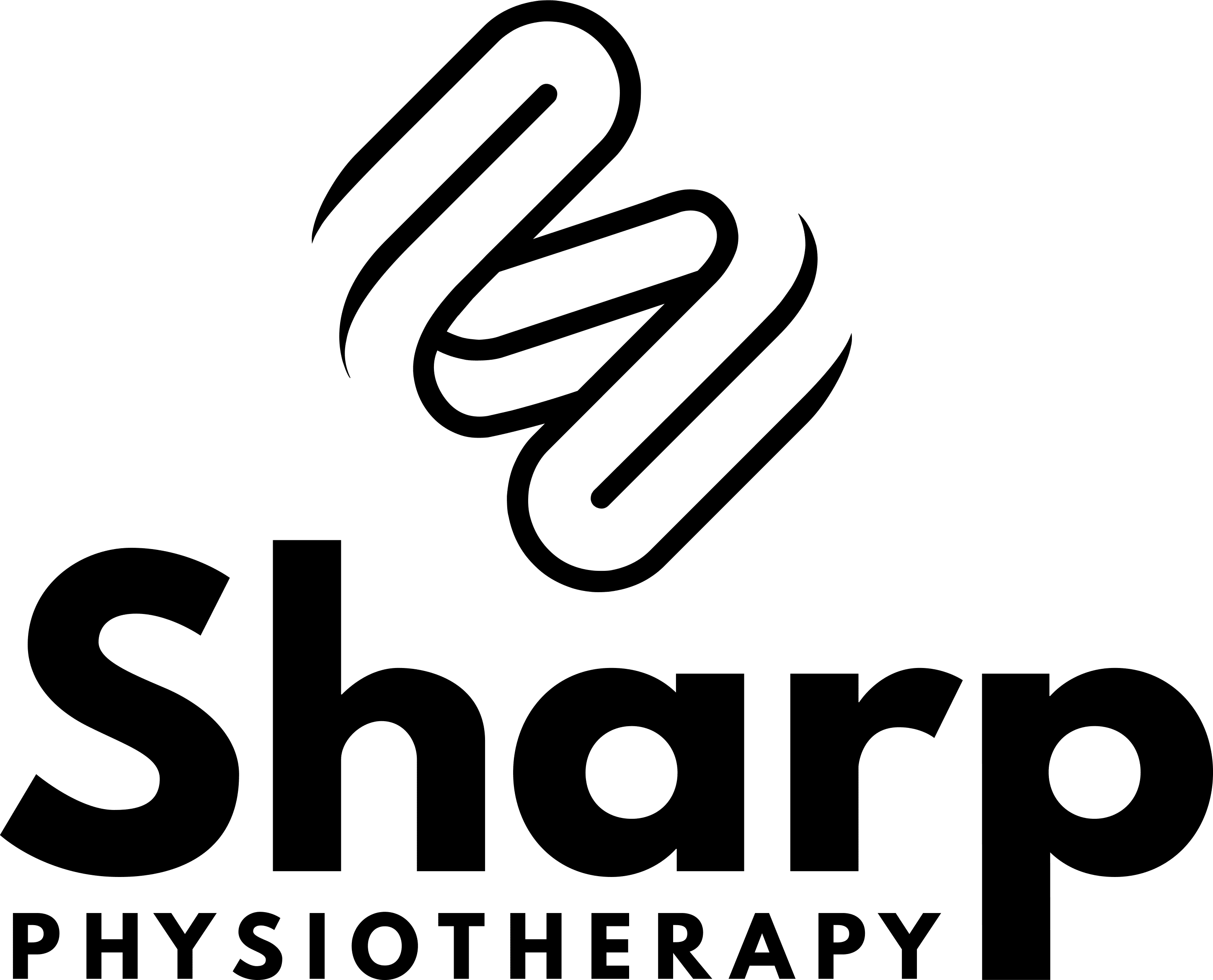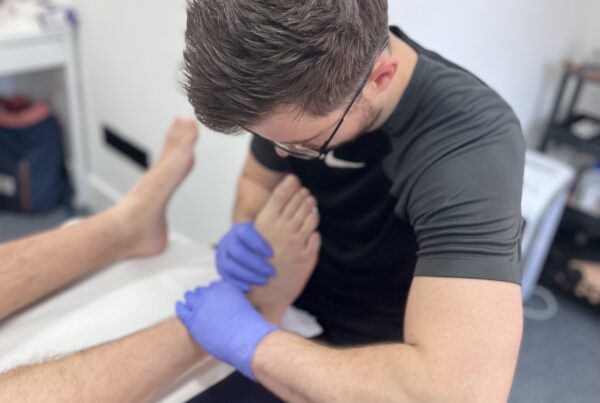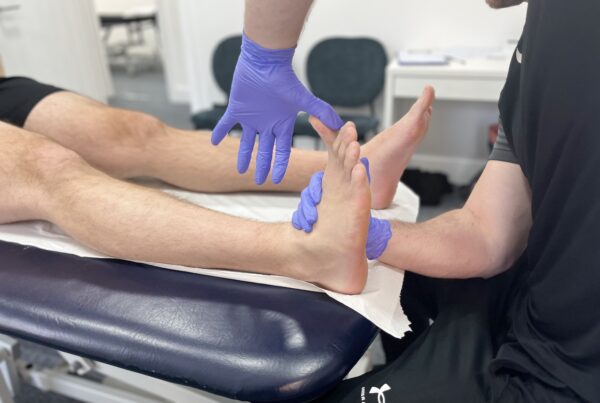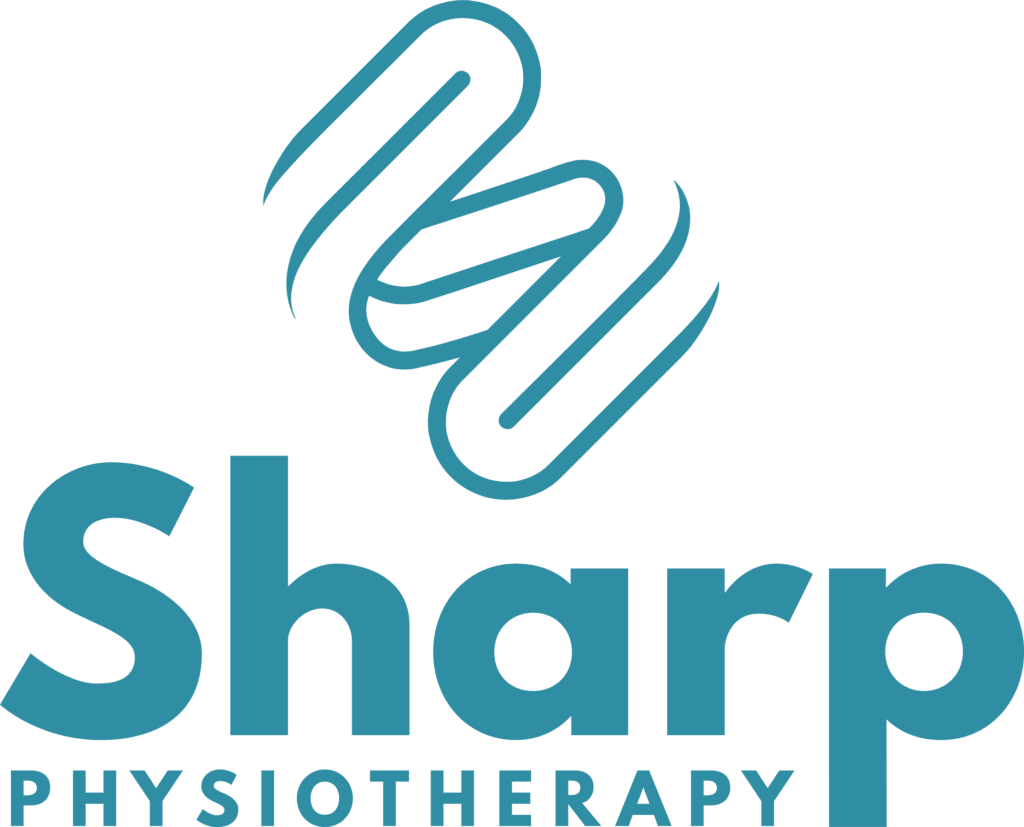Is all heel pain plantar fasciitis?
Not all heel pain is plantar fasciitis however, plantar fasciitis is still the most common cause of heel pain that we see. And thankfully, most cases respond well and quickly to our treatment strategies.
A 43 year old lady attended a physiotherapy appointment at our Lincoln clinic presenting with a 6-month history of worsening left heel pain. She reports that her symptoms initially started with discomfort putting her heel down in the morning. But more recently this has got worse and was now causing her to limp when walking. She has no history of foot/ heel pain and cannot recall a specific injury that started her symptoms.
On assessment, there was significant tenderness on the heel, specifically over the attachment of the plantar fascia. In standing, her heels adopt an everted position (see pic below), and a low foot arch could be observed bilaterally. This was more significant on the affected foot. Hard skin could be found on both heels and big toes, and on specific joint testing there was a loss of movement at the ankle and big toe joint bilaterally. When assessing her leg length, her affected leg was 10mm longer. Significant tightness could be palpated through the calf’s and hamstrings bilaterally and general weakness could be found through the hamstrings and glutes.
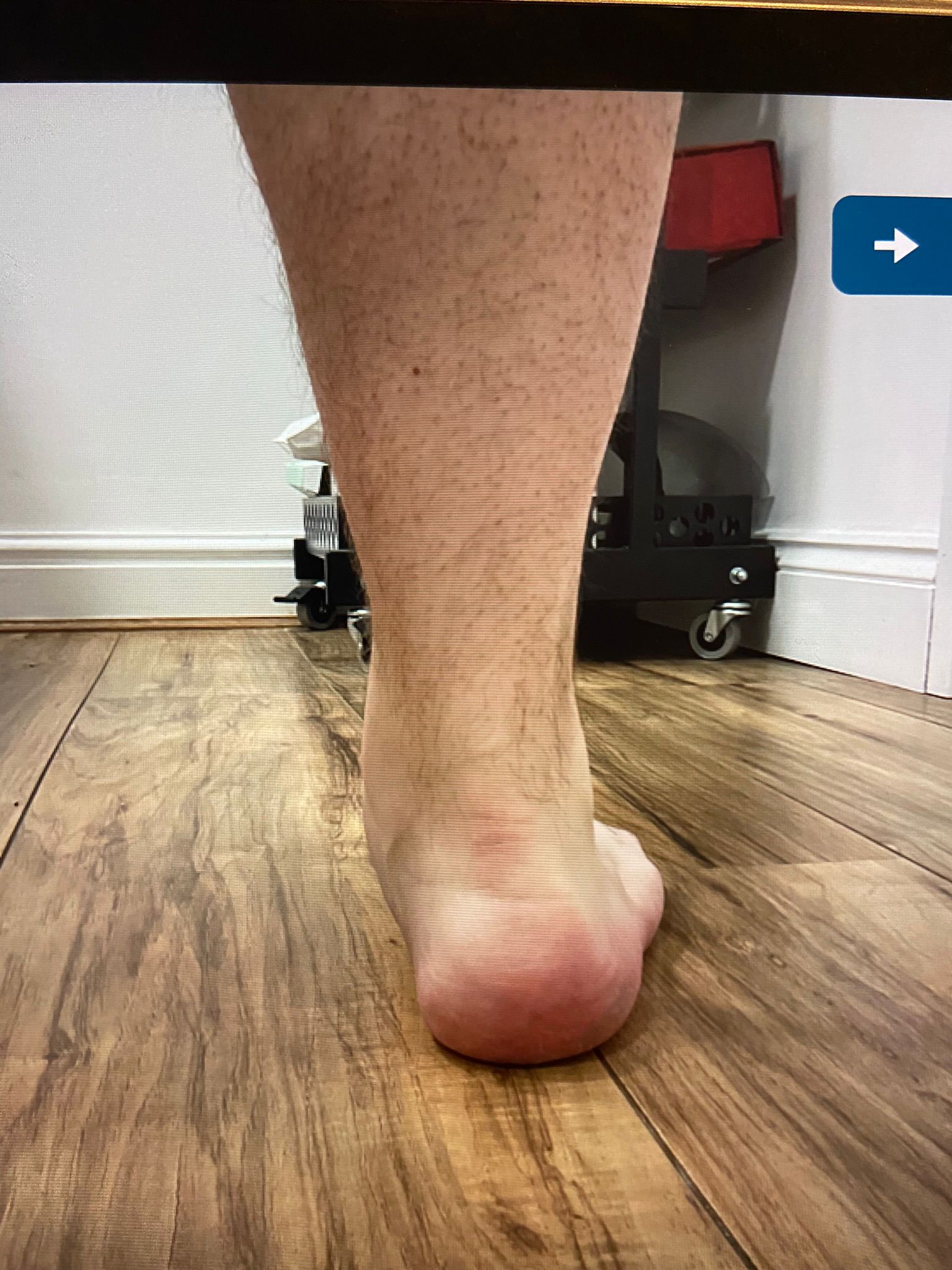
In this case, her left foot was over pronating and putting enormous stress on the plantar fascia. It is likely this a compensation for her longer leg therefore, a custom orthotic was designed to control pronation but also to negate her leg length discrepancy. Time in her orthotic was increased by approximately one hour a day and alongside this, soft tissue therapy was administered to the muscles of the foot and calf. Stretches were prescribed to be completed daily in between sessions and strict adherence to this will speed the recovery.
After 2 weeks, this lady was reporting a significant improvement in her heel pain. She was no longer getting pain walking and soreness in the morning had almost subsided. At this point, strength exercises for the foot and hip were prescribed. Weakness within these areas will contribute to over pronation at the foot, and if sufficient strength can be developed, the individual may be able to wean out of the orthotic in the future.
- Heel pain: The most prominent symptom is pain in the bottom of the heel. It is usually sharp and stabbing and tends to be worse in the morning or after periods of rest. The pain may also intensify after prolonged periods of standing or walking.
- Foot arch pain: In addition to heel pain, some individuals with plantar fasciitis experience pain or discomfort in their foot arch. This pain or tightness and can range from mild to severe.
- Stiffness: Many people with plantar fasciitis experience stiffness in the affected foot. This is usually worse in the morning or after long periods of rest. The foot may feel tight and difficult to move initially, and the stiffness tends to subside with movement.
- Tenderness: The affected area, particularly the bottom of the heel, may be tender to the touch. Pressing on the heel or the arch of the foot can elicit pain or discomfort.
- Pain that worsens with activity: Physical activities such as walking, running, or standing for prolonged periods can exacerbate the pain. The pain may improve during activity as the foot warms up, but it often returns afterward.
- Footwear: Footwear with less arch support such as flip flops tend to aggravate symptoms.
- Pain after exercise: The pain may increase after exercise or any activity that puts strain on the plantar fascia, such as running or jumping.
It’s important to note that while these symptoms are common in plantar fasciitis, they can also be indicative of other foot conditions and if you are experiencing any of the symptoms above, we would recommend you consult a physiotherapist.
So, what is plantar fasciitis and why do we get it
We see lots of patients who attended appointments with heel pain, and it is worth noting that not all heel pain is plantar fasciitis. Other common causes include Achilles tendinopathy, sub calcaneal fat pad irritation and calcaneal stress fracture. As mentioned previously, plantar fasciitis is still the most common cause of heel pain that we see in clinic, and a large percentage of our patients make a quick recovery with physiotherapy.
The plantar fascia is a thick fibrous band that runs from the heel and attaches to the base of your toes. Its main job is to support the arch of the foot. During walking, the plantar fascia behaves like a spring, repeatedly stretching and recoiling like an elastic band.
When the toes dorsiflex during walking, tension is created within the plantar fascia. This causes the arch to lift, the foot to shorten and then the heel to lift which initiates our next step. In medical terms, this is called the windlass mechanism and is essential in enabling the foot to act as a shock absorber and rigid lever.
All tissues within the body have a biomechanical tolerance level. In basic terms, this means a level of load that they can withstand before breaking down. Once the stresses placed upon the plantar fascia surpass its biomechanical tolerance level, an inflammatory response will occur. The result is usually swelling. This will inevitably cause pain, particularly when weight bearing without shoes on. A textbook sign of plantar fasciitis is difficultly walking and soreness first thing in the morning.
When managing plantar fasciitis, pain relief treatments are important in the short term. However, identifying areas that are overloading the plantar fascia will lead to a faster recovery and prevent the problem reoccurring in the future.
The treatment for plantar fasciitis typically involves several self care measure, life style modifications and medical interventions. It is important to understand that treating heel pain is multi faceted and there is not one treatment that will get rid of your pain and stop it returning.
When looking for causes of heel pain, observing and assessing a patient’s foot posture can give a real insight in to likely causes and typically but not always they will have a high arch or a low arch. A foot with a low arch will move differently to a foot that has a high arch, but both can overload the soft tissues and joints of the foot and ankle.
When required, a custom orthotic can be designed specific to the individuals foot and clinical presentation and offer quick pain relief by supporting the foot and offloading the irritated soft tissues.
- Rest and reduce activities: Avoid activities that exacerbate the pain and put strain on the plantar fascia. Resting allows the inflammatory response to subside.
- Ice therapy: Apply ice to the affected area for 15-20 minutes, a few times a day. Ice helps reduce inflammation and alleviate pain.
- Soft tissue therapy: Soft tissue therapy in to the calf muscles can often offer an instant reduction in pain by reducing tension with the plantar fascia.
- Stretching exercises and foam rolling: Perform regular stretching and foam rolling exercises to the calf muscles. This can help relieve tension within the plantar fascia.
- Footwear modifications: Wear supportive and cushioned shoes that provide arch support. Avoid high heels, worn out shoes, and flat shoes without proper support.
- Orthotics: Orthotics can be very beneficial in the treatment of plantar fasciitis by providing support, cushioning and correcting biomechanical imbalances by promoting a more neutral position.
- Shock wave therapy: shock wave therapy promotes the body’s natural healing response by administering high energy shock waves, creating micro trauma in the affected area and triggering a healing response.
- Surgery: Surgery should only be considered as a last resort in severe and persistent cases that have not responded to all other treatments.
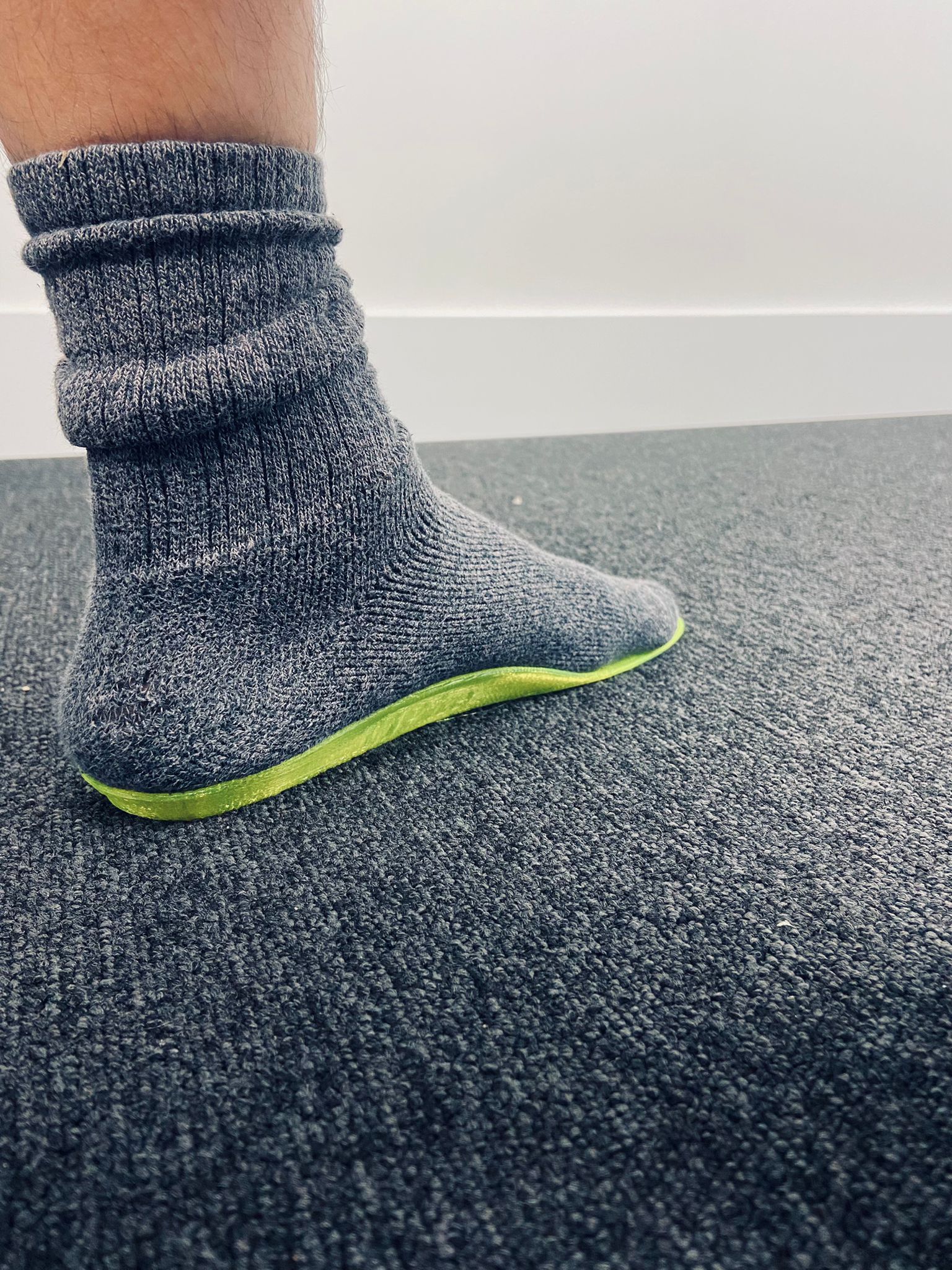
If you are currently experiencing heel pain and need some expert advice, please get in touch. You can either call the clinic or fill out the enquiry form on the website.
The Sharp Physio Team

